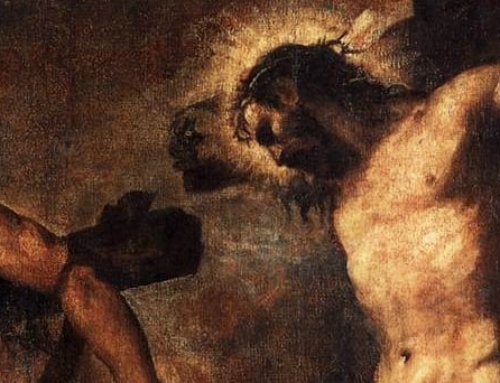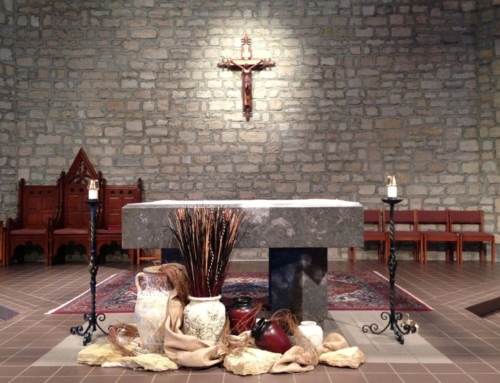In Sunday’s gospel Jesus declared himself to be the Bread of Life, and this image must be linked to the phrase in the Lord’s Prayer where we are told to ask for our daily bread.
Therefore we can ask ourselves where and how we get our daily Jesus.
There are plenty of preachers and teachers who may offer ways of getting your daily Jesus.
A Hallelujah gospel preacher may use music, a long guilt inducing sermon, peer pressure and psychological tricks to induce a religious emotional experience and tell you that you have “accepted Jesus” and are encountering Christ, and you may indeed have encountered Christ or you may simply have had no more than an intense subjective emotional experience.
A leader of a spiritual retreat may lead you to search for “the Christ within” and through meditation techniques and special esoteric teaching lead you to a spiritual “enlightenment”–a mountaintop experience which is your encounter with Christ.
You might go on an Ignatian Retreat, receive psychological counselling, get on a charismatic high, have spiritual direction or take part in a particular liturgy, a specialist devotion, religious order or Marian apparition and all these may bring you closer to Jesus, but all these are subjective and therefore not guaranteed.
Meanwhile the church teaches that there are five ways that you can know you have received your daily Jesus.
The first is through the church- which is the Body of Christ. Jesus said, “Where two or three of you are gathered in my name I am there in your midst” So when we gather together in fellowship, in worship and in service we know we receive our daily Jesus.
The second is in the Sacred Scriptures. They are the Bread of Life. Daily Jesus in the written and spoken word. When we read the Bible we are in touch with Jesus, so read a portion of Scripture every day and receive your daily Jesus.
The third is in the person of the poor. This certainly includes work with the homeless, prisoners, immigrants, but also anyone who is in need–the unborn, women in crisis pregnancies, the elderly, the neglected, the lonely, the sick and dying…”Whatever you did for these you did for me.” So in the person of the poor we meet our daily Jesus.
The fourth is in the person of the priest who is “in persona Christi,” This is a tough one with so many lousy priests making the headlines, but even in the lazy priest, the alcoholic, the grump and the curmudgeon, if we have eyes to see, we can see a man who once longed to love Jesus and communicate the reality of his love to others, and remember–if you sometimes find it difficult to see Jesus in the priest, maybe just maybe he sometimes finds it difficult to see Jesus in you.
Finally, we know objectively and in reality that we receive our daily Jesus in the sacraments of salvation. His reality is there hidden in the bread and wine, the oil, the hand laying, the absolution, the water and the intentions and actions of marriage.
These five ways are objective. Solid, down to earth and real. They may not be as exciting as some spiritual puff piece or some great personal surge of religious feeling, but although they are more dull they are also more dependable.







This is so good. Thank you Father!